Saved Items
Edit Your Profile
F-093-X
The Firestone Farm Data Book outlines mounting, inflating and demounting guidelines for agricultural tires. This information is found in the General Farm Tire Information, Warnings and Safety Precautions section in the Data Book and can also be found online here.
Tire changing can be dangerous and should be done by trained personnel using proper tools and procedures. Before servicing tires, always read and understand any manufacturer's warning contained in the customer's literature or molded into the tire sidewall. Farm tires to be mounted on single piece wheels are covered by the following Rubber Manufacturers Association Safety Warning:
Inspect both sides of the tire to be sure the beads are evenly seated.
If tire is mounted on a machine that does not have a positive lock-down device to hold the wheel, inflation should be done in a safety cage or other restraining device.
If both beads are not properly seated when pressure reaches 35 psi, completely deflate the assembly, reposition the tire and/or tube on the rim, relubricate (both tire and rim) and reinflate.
Inflating beyond 35 psi air pressure when trying to seat beads is a DANGEROUS PRACTICE that may break a tire bead (or even the rim) with explosive force, possibly resulting in serious injury or death.
Always lubricate tires/rims using only approved tire mounting lubricant or mild vegetable oil soap solution. Never use antifreeze, silicones or petroleum-base lubricants. This will damage the tire.
The use of any flammable material during tire servicing is absolutely prohibited. Use of starting fluid, ether, gasoline or any other flammable material to lubricate, seal or seat the beads of a tubeless tire can cause the tire to explode or can cause the explosive separation of the tire/rim assembly, resulting in serious injury or death.
Once the beads have been seated, inflate the tire to the manufacturer's recommended cold inflation pressure for the tire's intended service. This operating pressure may be above or below the seating pressure. Consult the Load & Inflation Tables in the Firestone Farm Tire Data Book for the correct pressure.
Having a profile lets you save preferred tires, technology, services and dealerships. Enjoy access to exclusive offers and easy login to all Bridgestone Commercial websites.
Create a Profile
Get the most of out of this visit to Bridgestone Commercial by signing in now.
Password
Forgot Your Password
Recipient Email Address
Press "Enter/Return" or "Space" key to validate your email. Only valid emails can be added. You can share with multiple people.
Subject
Message
Optional
Send a copy to sender's email address
This site uses cookies to enhance your user experience. By continuing to browse our website, you agree to use these cookies. For more information on what cookies we use and how to manage these cookies please visit our Privacy policy
By continuing to browse our website, you agree to use these cookies. For more information on what cookies we use and how to manage these cookies please visit our Privacy policy
OK
I have heard of multiple way of seating a tire bead. which way do you do it?
I took off tires from 2, 1 piece rims i have and have put new tires on them, but dont know how i can seat the beads. i have used the starter fluid method before, when the bead fell off on just 1 side.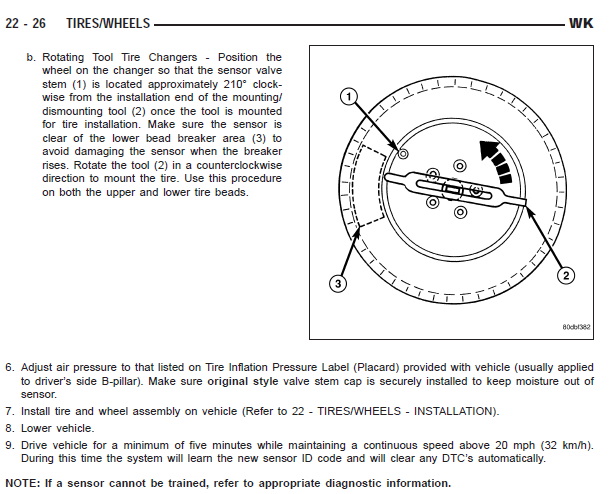
how would you go about filling tubeless tires up, if both beads arent seated?
i use straight dish soap on the rim and the tire and fill it up and press on it and it will pop on the bead most of the time
would that work for when both sides are unseated? right now the tire is on there, but wiggles back and forth
Soap around the rim of the tire, then get somebody to press the tire against the actual rim and blow it up with an air compressor.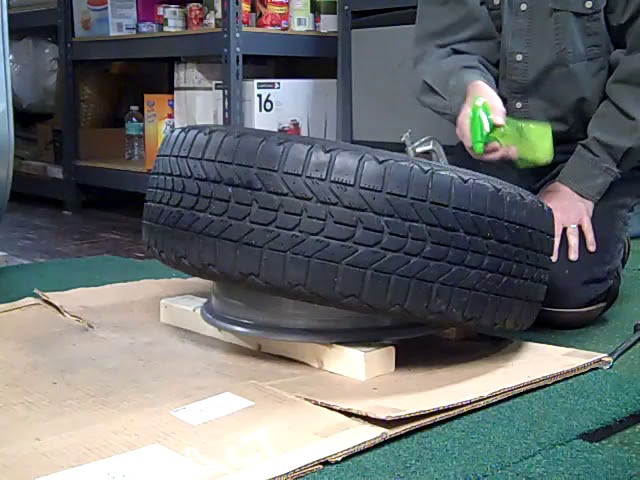 Try putting pressure on both sides equally.
Try putting pressure on both sides equally.
Soap, and take the valve out also, air travels easier, and also if you get some rope and go around the middle of tire and tight as you can, usually works
Take an old belt and place it around the tread of the tire. Tighten by pulling on the belt. This will force the bead a little outward towards the rim. Place the rim (valve side up) on something like a coffee can so that the tire doesn't rest on the work surface, only the rim. One side of the tire will now be resting on the rim. It is important that you remove the valve core! You need the most air flow that you can get! Try to air the tire up and if you hear leaking from the top side, lift very slowly on the area that has the leak. If the hissing starts to go away, give it a second for the tire to catch. Once the tire starts to air up, your good. Put a few pounds of air in it to seat the bead then let the air out and remove the belt. The tire should stay seated. Replace the valve core and air the tire up to the desired amount. I don't use any lubricant when I use this method.
Tighten by pulling on the belt. This will force the bead a little outward towards the rim. Place the rim (valve side up) on something like a coffee can so that the tire doesn't rest on the work surface, only the rim. One side of the tire will now be resting on the rim. It is important that you remove the valve core! You need the most air flow that you can get! Try to air the tire up and if you hear leaking from the top side, lift very slowly on the area that has the leak. If the hissing starts to go away, give it a second for the tire to catch. Once the tire starts to air up, your good. Put a few pounds of air in it to seat the bead then let the air out and remove the belt. The tire should stay seated. Replace the valve core and air the tire up to the desired amount. I don't use any lubricant when I use this method.
This is how we had to mount skinny tires on wide rims for cars!
Good Luck!
I use a ratchet strap around the tire when I have a particularly stubborn tire.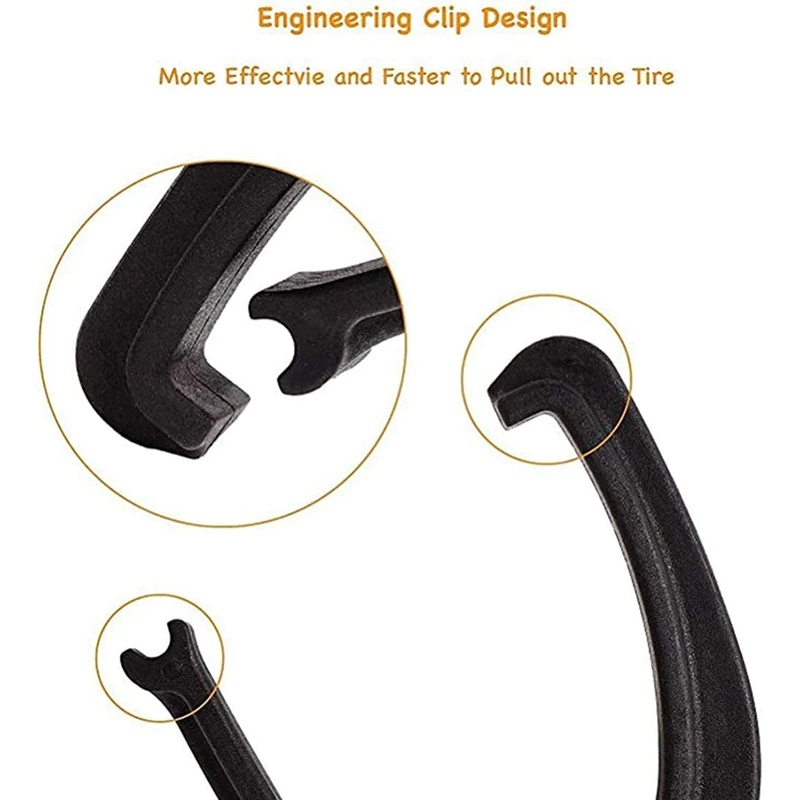 Along with the soap, I also sometimes use a locking air chuck. Since it will stay on the valve stem on it's own, it frees up both my hands to manipulate the tire. Please be warned- when doing it this way, you MUST use the regulator on the compressor to limit the available air pressure to maybe 30 psi, because you may not be able to pull the chuck off fast enough when the tire inflates.
Along with the soap, I also sometimes use a locking air chuck. Since it will stay on the valve stem on it's own, it frees up both my hands to manipulate the tire. Please be warned- when doing it this way, you MUST use the regulator on the compressor to limit the available air pressure to maybe 30 psi, because you may not be able to pull the chuck off fast enough when the tire inflates.
I can't believe no one has mentioned this: Remove the valve centre from the stem. This will increase the amount of air flow & improve your chances. You can use any method mentioned above, but do this first
You can use any method mentioned above, but do this first
X2000 on removing the valve stem. You can refill with air with the stem installed after the beads seat.
One important item to remember, regardless of what method or combination of methods you employ (ether, straps, soap, whatever) is to 'seat' one of the beads by hand. It will not be fully seated, but it has to be in proximity and 'attached'.
Do this by firmly pulling (or pushing) the tire one way or the other to get that bead to 'seat'. Now attach a clip-on air chuck with the valve stem removed.
Now attach a clip-on air chuck with the valve stem removed.
Now squeeze-push the other bead on without disturbing the other side that you preliminarily seated.
Listen to where the air is escaping from, and tilt your push towards it.
All of a sudden, you will find the tire taking air and it will seat.
If not, go to plan B, using the other techniques. You will get it.
But you need to have one side pretty well closed up, even with the starter fluid method. BTW if you do that, you want the valve stem out as a safety - you are just 'exploding' things enough to seat the beads and not to potentially rip things apart (small tires are not as strong as a 44 inch mudder!). You do not need much ether to pop the beads on.
i built my own bead "blaster can" similar to the kind they use on truck tires. the only difference being a much smaller ball valve and narrower tip. usually works quite easily on the first try. they are fairly simple to build and will save you lots of time if you tend to do tire work frequently.
the only difference being a much smaller ball valve and narrower tip. usually works quite easily on the first try. they are fairly simple to build and will save you lots of time if you tend to do tire work frequently.
spyder1968 said:
i built my own bead "blaster can" similar to the kind they use on truck tires. the only difference being a much smaller ball valve and narrower tip. usually works quite easily on the first try. they are fairly simple to build and will save you lots of time if you tend to do tire work frequently.

Click to expand...
That's a great idea. Did you need to use larger than a 3/4" ball valve?
qtband said:
....It is important that you remove the valve core! You need the most air flow that you can get! ....
Click to expand...
I did mention it.....
i did not mension taking the valve core out because only some air chucks will fill it with no core, i have a pistol type one that works with no valve core, but straight soap on both sides clip the air hose to the steam and i use my knee and press down quick and it will add more pressure to pop the tire on the bead, if the bead got messed up when you installed the tire it may not hold air, i had a knobby 145/70-6 tire and i messed up the bead it would hold air for about a day, later on i put a lawnmower 13-5-6 tube, i will add one way is starting fluid and a lighter, you will spray a little in light it and it will pop on the bead and instantly air it up, the fire will air it up and then it will contract and pull it off the bead, i have had a tire blow up on me using starting fluid but the soap works every time
Fabroman said:
I can't believe no one has mentioned this: Remove the valve centre from the stem.

Click to expand...
...Then you ain't paying attention! ...
mikes80kart said:
take the valve out also,
Click to expand...
qtband said:
It is important that you remove the valve core! ... Replace the valve core and air the tire up
Click to expand...
qtband said:
I did mention it.
....
Click to expand...
toystory_4wd said:
...Then you ain't paying attention! ...
Click to expand...
Ok, it was late after a big day, I must've missed them, sorry guys
I use grease on the cleaned bead of the rim to help the slide, soapy water for the rubber itself.
On stubborn tires I will use 4 items, first of which is a tie strap (ratcheting). Second is an actual tire strap, third is a cheetah (if you don't know what this is, look it up). Lastly I have gotten rather good at pressing tires against a wall at while inflating them. That is my main weapon.
Second is an actual tire strap, third is a cheetah (if you don't know what this is, look it up). Lastly I have gotten rather good at pressing tires against a wall at while inflating them. That is my main weapon.
Also on stubborn tires consider patience is you've got massive pressure and it won't pop over the safety bead, most tires have a max seating pressure and although I've exceeded this on several occasions I don't suggest this for others.
You may consider building a safety box and filling it from a distance with a long trailing chuck.
i will have to double check what size ball valve it is. ( tank is at a friends house currently)
( tank is at a friends house currently)
i THINK it was either a 1" or a 1 1/4". was easy to build too !
Hi this how mount tires. You need a piece of sheet metal the width of widest tire you are going to mount . The sheet metal will have to be able to rap over it's self . Lube rim and tire bead with dish soap < no water needed . Rap sheet metal around rim, use a winch tie down strap snug strap down on tire and sheet metal. Check tire beads are flat and even on both sides . Take valve core out, blow up tire till beads seat. Release air reinstall valve core inflate tire . Check both sides on bead for even mount surface. Wipe soap off tire and rim combo are ready to use. One more thing never stand over tire while inflating. They do sell tire rings for doing all this also . I have been using method for a while . All ways safety first . If you don't feel it's work right STOP AND START OVER.
Take valve core out, blow up tire till beads seat. Release air reinstall valve core inflate tire . Check both sides on bead for even mount surface. Wipe soap off tire and rim combo are ready to use. One more thing never stand over tire while inflating. They do sell tire rings for doing all this also . I have been using method for a while . All ways safety first . If you don't feel it's work right STOP AND START OVER.
spyder1968 said:
i will have to double check what size ball valve it is.
( tank is at a friends house currently)
i THINK it was either a 1" or a 1 1/4". was easy to build too !
Click to expand...
Sounds like an easy addition to any portable air tank.
You got it: the tire is flat, but there is no spare tire. Modern tires are tubeless - if you managed to block a small leak with a sealing compound, pouring it into the valve, you can not look for a puncture. Effectively - plug the hole with a rubber band. It is injected from the outside with a special device (such kits are inexpensive on the market). But now we are talking about an extreme case - when a careless driver has nothing at hand to quickly repair a puncture.
The technique is not new, but effective: we move the tire bead using the weight of the car and the force of the jack.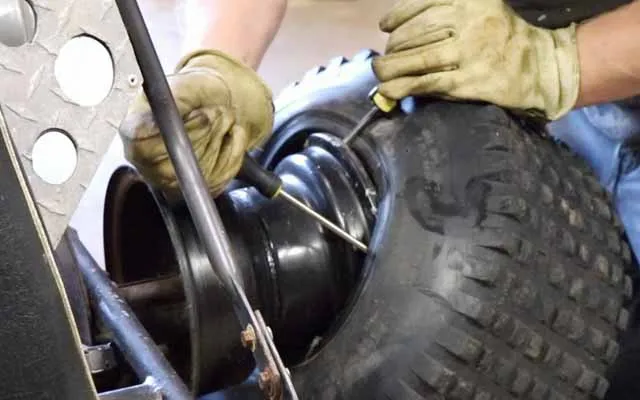
The technique is not new, but effective: we move the bead of the tire using the weight of the car and the force of the jack.
A small hole can be plugged by screwing a self-tapping screw into it. You can take it, for example, from the trunk lining. Another option, if the puncture is small: pour half a liter of water into the tire (with a pump through the valve) so that it slows down the air outlet. But periodically you will have to pump up the wheel.
Approximately ten cubes of gasoline, a torch, an explosion - and the board sits still!
Approximately ten cubes of gasoline, a torch, an explosion - and the board sits still!
To seal a large hole, the tire will have to be removed from the rim, at least on one side. But first, move both tire beads deep into the rim groove. Experienced people carry a piece of steel angle and a heavy hammer for such a case. Or they move it with a jack, resting its heel against the sidewall of the tire, and the shelf against the threshold of the car.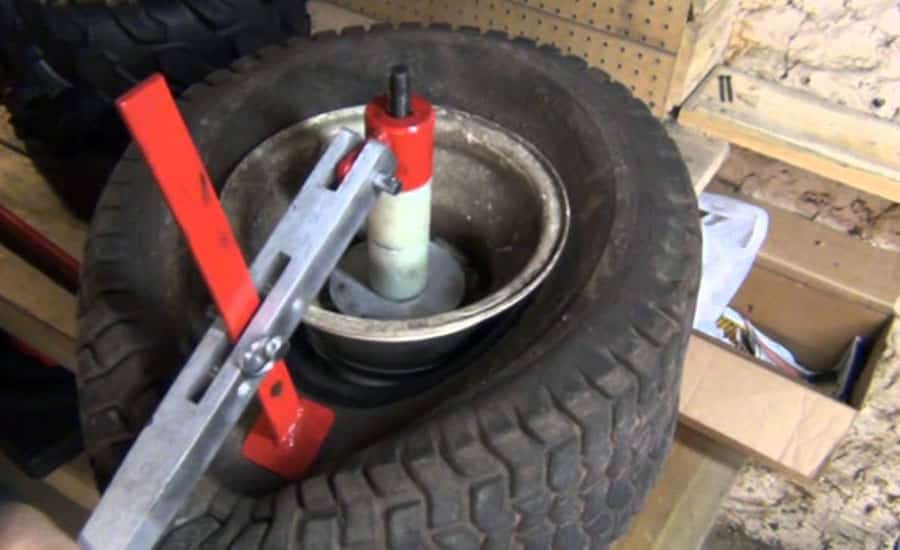 Next, installers need to drag the desired bead over the rim flange, and only after that you can take on repair fungi, glue and patches.
Next, installers need to drag the desired bead over the rim flange, and only after that you can take on repair fungi, glue and patches.
The puncture has been repaired - but how to return the tire to the rim shelves? Not everyone has a high-performance electric compressor with them. And in order to use a conventional pump, you will have to seal the gaps as much as possible - for example, pull the tire around the circumference with ropes. If the sides hit the hump and the pressure began to rise, the problem is solved. In practice, these methods require manual dexterity. It's easier to land the tire with a light blast. This requires 10–15 g of gasoline. Pour a few milliliters of fuel inside the tire, then, so that it evaporates better, we roll the wheel. We put it on its side and, pressing on the sidewall, bring the flame to the gap. But not a match, but a torch! There will be a pop - and the tire is in place. A typical mistake is to pour too much gasoline: instead of popping, a fire will break out. We extinguish, we air ...
We extinguish, we air ...
“Inflate” the tire with a watering hose. The matter requires patience, but on such a wheel you will reach the place of repair.
"Inflate" the tire with a garden hose. The matter requires patience, but on such a wheel you will reach the place of repair.
When the hole is in the knuckle, the tire cannot be salvaged. Unless you insert a camera into the tire. From the inside, it is useful to cover the hole with a "coat" of a couple of layers of rubber or with a bandage cut from the sidewall of a tire lying on the side of the road - there is a lot of this goodness along the roads. This will protect the chamber from sand and reduce the chance of further tearing. And if it's not far from the purpose of the trip? On a flat tire, you can drive 15–20 km on asphalt at speeds up to 40 km/h before it finally falls apart. We talked about this experiment in ZR, 2009, No. 7.
But what if there is no camera? Then turn on the fantasy.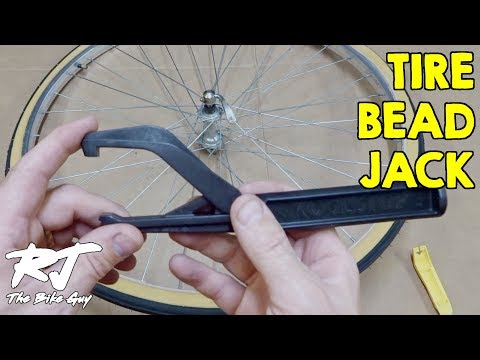 Someone "fills" the tire with a watering hose; all sorts of rags, sponge rubber from old seats, plastic film, linoleum strips, sidewalls cut from old tires, etc. will be used. With such stuffing, tires will wrinkle less on the go. But forget about driving in normal mode - slowly, extremely carefully, we drive to the nearest tire shop.
Someone "fills" the tire with a watering hose; all sorts of rags, sponge rubber from old seats, plastic film, linoleum strips, sidewalls cut from old tires, etc. will be used. With such stuffing, tires will wrinkle less on the go. But forget about driving in normal mode - slowly, extremely carefully, we drive to the nearest tire shop.
Travel kit: wedges, jack, pry bars, wheel wrench, hammer, gloves, corners, compressor. Do not forget repair fungi, self-vulcanizing patches and, of course, a valve cap with a head that is used to unscrew the spool. There are usually no such caps on the wheels of modern cars, but if you look, it may come in handy.
Travel set: stop wedges, jack, pry bars, wheel wrench, hammer, gloves, corners, compressor. Do not forget repair fungi, self-vulcanizing patches and, of course, a valve cap with a head that is used to unscrew the spool. There are usually no such caps on the wheels of modern cars, but if you look, it may come in handy.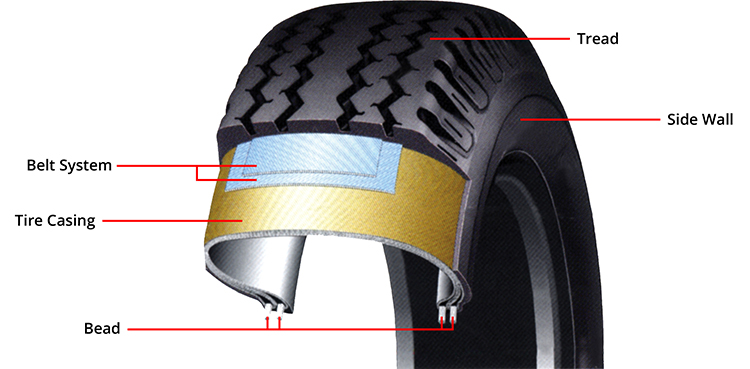
CARE OF THE WHEELS, RULES OF DISMANTLING AND ASSEMBLY
— Not all tire damage can be repaired without loss of its qualities. Drive in such a way that the risk of fatal injury is minimized. On a long journey, take a camera in reserve - it can come in handy.
- Monitor the condition of the wheelbrace and jack. Cracks or metal extrusion, heavily worn threads, tight rotation despite lubrication are unacceptable!
— Before jacking up the vehicle, secure the wheels on the opposite side. Stoppers under the support wheels - wedges, stones, etc. - should not slip along the road. To prevent the machine from sliding to the side, it is better to place the support wheels in shallow ruts or pavement potholes.
- If you have to work on soft ground or snow, place a wider support under the heel of the jack - for example, a piece of durable board. When turning the screw, do not adjust the jack with your other hand, especially do not stick your fingers into it. After lifting the car, for insurance, place a reliable additional support under the threshold (spare wheel, stable block of wood, etc.).
After lifting the car, for insurance, place a reliable additional support under the threshold (spare wheel, stable block of wood, etc.).
- When installing the wheel, the bolts (nuts) of the fastening must be tightened still on the weight - so it will be correctly centered on the hub.
- The threads of mounting bolts (nuts) will last longer if you lightly grease them before tightening them.
Roadside tire service
Roadside tire service


Mounting and dismounting process can be dangerous and must therefore be carried out by qualified workers using proper tools and procedures. Failure to follow these guidelines may result in the tire not being properly seated on the rim, resulting in a tire explosion that could result in serious physical injury or death.
1. Make sure the disc, tire and tube are compatible with each other.
2. Check that the tire is suitable for the machine. Use only rims recommended or approved by the tire manufacturer.
3. Use only special equipment and tools.
4.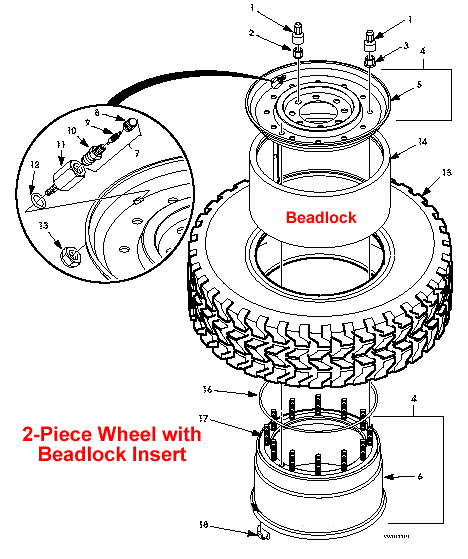 Disc must be clean and in very good condition (ie no damage, etc.). If necessary, clean the disc with a wire brush. In no case should a tire be installed on a rim with visible cracks, deformations, traces of welding repairs, etc.
Disc must be clean and in very good condition (ie no damage, etc.). If necessary, clean the disc with a wire brush. In no case should a tire be installed on a rim with visible cracks, deformations, traces of welding repairs, etc.
5. The tire should be carefully inspected inside and out to make sure there is no damage. If damage is found that cannot be repaired, the tire must be replaced with another one.
6. If fitted with a tube, a new tube and valve must be used that is suitable for the tire size. If a tubeless tire is installed on a tubeless rim, a new tubeless valve must be used.
7. Lubricate the rim and beads before assembly. Use only a suitable lubricant that does not harm the tire (do not use lubricants based on silicone or gasoline).
8. Vertical mounting recommended. In the case of horizontal installation, it is not possible to determine whether the lower bead has seated correctly.
9. Install the tire on the disc from the side diametrically opposite the valve (observe the direction of rotation, if indicated by the arrows). With the right leverage and repeated use, place the first rim over the wheel flange. Then apply a slightly inflated tube, talcum-coated (if used) inside the tire. Position the valve by loosely seating the clamping wheel. Plant the second bead, gradually raising it above the disc flange, ending at the valve.
With the right leverage and repeated use, place the first rim over the wheel flange. Then apply a slightly inflated tube, talcum-coated (if used) inside the tire. Position the valve by loosely seating the clamping wheel. Plant the second bead, gradually raising it above the disc flange, ending at the valve.
10. Remove the valve core to seat the beads and center the tire. Inflation should be done slowly to ensure proper bead seating. Make sure the sides don't pinch the camera.
11. When inflating the chamber, keep a safe distance and use a safety guard, if possible fixed to the wall or with restraining chains. When taking a pressure reading, make sure that no part of the body is in the possible path of the valve mechanism or caps. It is recommended to use suitable pressure limiting sensors. A filter and desiccant should be used in the compressed air supply line to keep out moisture or dirt. Under no circumstances should a hammer be used to shrink the bead.
12. Continue inflation.